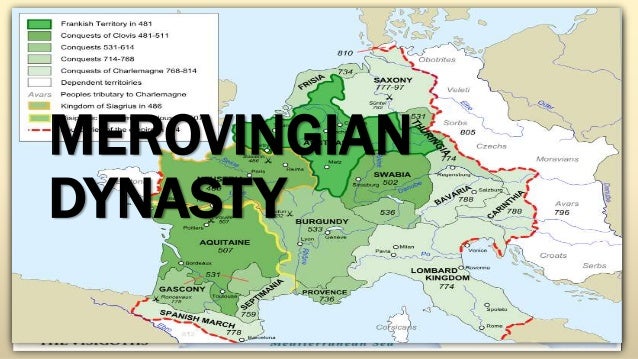Why Napoleon Kidnapped One Pope After Another
Between the hours of 2 and 3 on the morning of July 6, 1809, French troops under the orders of Napoleon Bonaparte scaled the walls of the gardens of the Quirinal Palace in Rome and penetrated into the part of the palace occupied by papal servants. After an hour of violent skirmishes with the Swiss guards, they arrested Pope Pius VII, spiriting him away in the night to Savona, near Genoa. He would not return to Rome for another five years.
The kidnapping was the climax of the combative relationship between the global leader of the Catholic Church and the brash Emperor. From the beginning of Pius VII’s papacy in 1800 to the fall of Napoleon in 1815, the two men were continually at loggerheads, with the French military leader regularly infuriated by the pope’s refusal to meet his demands.
But it wasn’t the first time such a thing had happened: in 1796, during the French Revolutionary Wars, Napoleon’s troops had invaded Rome and taken the previous pontiff, Pope Pius VI, as prisoner to France, where he died in 1799. The following year, after the papal seat sat vacant for six months, cardinal Chiaramonti was elected to the papacy, taking the name Pius VII. But because the French had seized the papal tiaras when they had arrested Pius VI, the new pope was crowned on 21 March 1800 with a papier-mâché tiara.
Despite his desire to control Europe without rival, Napoleon understood that he needed to reach an accommodation with the all-powerful Catholic Church. In long negotiations eight years before his kidnapping, Pius VII eventually signed the Concordat of 1801, which recognized that the Church was ‘the religion of the great majority of the French people’, but simultaneously limited the size of the French clergy and bound its members tightly to the French state, which would henceforth pay their salaries. The agreement strictly constrained the pope’s authority in France, and approved of the Revolutionary government’s selling off of the Catholic Church’s vast landholdings in France.
Even with all the church’s concessions, Napoleon still looked for ways to prove his dominance—and his opulent coronation in Notre-Dame cathedral in 1804 provided a perfect stage to humiliate Pius VII. Pontiffs traditionally crowned the Holy Roman Emperor, but to show the pope who was really in charge now, Napoleon took the crown from his hands and placed it on his own head.
Although the painting by Jacques-Louis David titled The Coronation of Napoleon is probably the best known depiction of this notorious moment, British satirists lost no time mocking the now-diminished status of the ‘Papist’ leader. A cartoon by James Gillray depicts the coronation procession, with a barefoot Pius VII being led by the devil, holding his tiara in his hand, and looking furtively back at Napoleon as if he cannot be trusted.
After the coronation the Church’s uneasy pact with Napoleon deteriorated further as the emperor’s expansionist tendencies grew. Still, Pius VII made efforts to mollify Napoleon, participating, for example, in France’s Continental Blockade of Great Britain over the objections of his Secretary of State Consalvi, who was forced to resign. The pope’s acquiescence would not save him, however: on June 10, 1809, Napoleon once again invaded the Papal States.
Pius VII saw no choice but to issue the papal bull Quum memoranda,excommunicating the Emperor and anyone involved in this assault on the papacy.
The church’s warning shot was heard loud and clear in Napoleon’s court. The French general Miollis, fearing a popular uprising in support of the pontiff, ordered his troops to move on the palace. Woken up by soldiers, 66-year-old Pius VII found himself spirited away in the dark.
Shortly after his arrival Pius VII consecrated the church at La Voglina in Piemonte with the intention of the area becoming his spiritual base while in exile. But in the spring of 1812, once Napoleon became aware of his intentions, the pope was kidnapped once again and brought to Fontainebleau in France.
Shortly before the Pope’s journey, Napoleon had written to Prince Borghese at Turin: ‘Precautions will be taken to see that (Pius VII) passes through Turin at night … that he passes through Chambery and Lyon at night. … The Pope must not travel in his Pontifical robes … (but) in such a way that nowhere … can he be recognized.’
By this point Pius VII was not well: during the journey across the Alps his bowels became blocked and he became delirious with fever. He would be given extreme unction, the Catholic last rites, during the arduous journey over the Mont Cenis Pass. But eventually he arrived at the Château of Fontainebleau, where he would remain prisoner for the next two years. On January 25, 1813, Pius VII would be forced to sign the Concordat of Fontainebleau, in which he relinquished his temporal sovereignty. But a few weeks after it was promulgated, Pius VII began to revoke the concessions he had made in it.
In the end, it didn’t matter: Napoleon abdicated on April 11, 1814 and Pius VII returned to Rome a few weeks later, where he was greeted warmly as a hero and defender of the faith. His tempestuous relationship with the most extraordinary ruler of the century had seen him suffer but his tenacity saw him victorious in the end.
READ MORE: The Personality Traits that Led to Napoleon Bonaparte’s Epic Downfall







/https://www.thestar.com/content/dam/thestar/news/insight/2016/01/25/a-new-perspective-on-the-celts/celtic-crosses.jpg)



